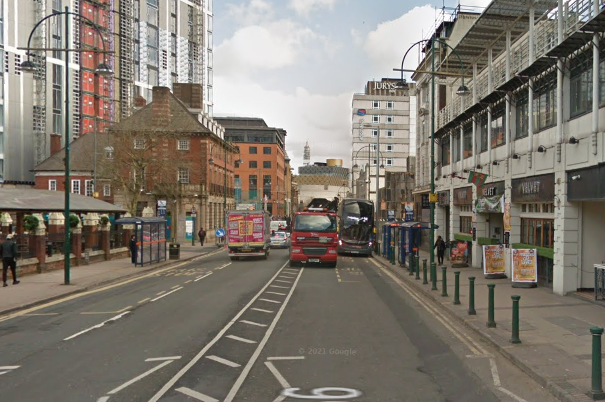If you’re looking to move house, you might be wondering where the up-and-coming areas of Birmingham are.
It’s a question the England and Wales census can help us to answer.
One of its results is a measure of household deprivation. By comparing the scores from the 2011 census with those from the 2021 census, we can see which neighbourhoods are less deprived than they were before.
There are lots of possible ways to measure household deprivation, and the method used by the Office for National Statistics doesn’t take income into account. Instead, it looks at four different measures: unemployment, low qualification levels, poor health and bad housing.
Across England and Wales as a whole, more than half of households (52%) were deprived in at least one of these four possible ways when the census took place in 2021 - that’s 12.8 million households.
But this is a fall from the decade before, when the figure was 58%. The census also divides England and Wales into more than 7,000 smaller areas of between 5,000 and 15,000 residents, called middle-layer super output areas.
For each of these areas, it publishes how many households were deprived in at least one of its four measures. Here are the 20 areas of Birmingham where the proportion of deprived households fell the most between 2011 and 2021.

1. Central Birmingham
In the central area, 62.2% of households were not deprived in 2021, an improvement on 2011 when the figure was 32.2%

2. Five Ways North, central Birmingham
In Five Ways North 44.7% of households were not deprived in 2021, an improvement on 2011 when the figure was 22.7%

3. Digbeth
In the Digbeth area 48.2% of households were not deprived in 2021, an improvement on 2011 when the figure was 26.7%.

4. Attwood Green & Park Central, Lee Bank
In Attwood Green & Park Central, 52.5% of households were not deprived in 2021, an improvement on 2011 when the figure was 31.5%
